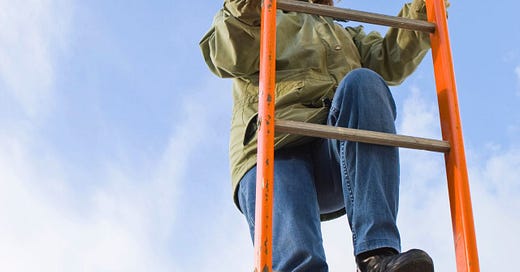Polyvagal-Informed Strategies For a Calmer Family, Part 3
6 simple ways to change your brain’s habit patterns, and promote more contentment, confidence, and connection in your family.
How are you feeling about this series so far?
In Part 1, we began with validation, then you learned why self-regulation is the key to family harmony. In Part 2, I shared a map to help you understand your nervous system and your child’s nervous system. Please read them before continuing…
Keep reading with a 7-day free trial
Subscribe to Atypical Kids, Mindful Parents to keep reading this post and get 7 days of free access to the full post archives.






